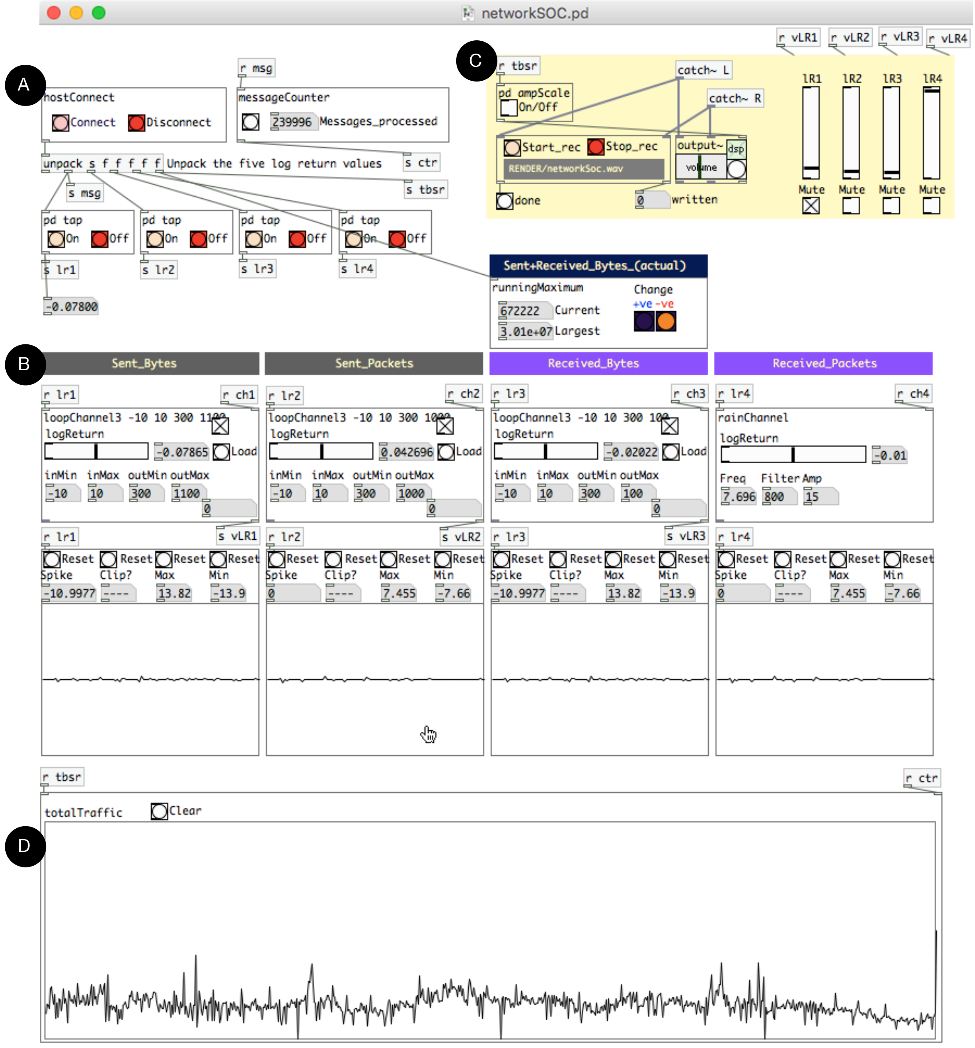Abstract: Software is intangible, invisible, and at the same time pervasive in everyday devices, activities, and services accompanying our life. Therefore, citizens hardly realize its complexity, power, and impact in many aspects of their daily life. In this study, we report on one experiment that aims at letting citizens make sense of software presence and activity in their everyday lives, through sound: the invisible complexity of the processes involved in the shutdown of a personal computer. We used sonification to map information embedded in software events into the sound domain. The software events involved in a shutdown have names related to the physical world and its actions: write events (information is saved into digital memories), kill events (running processes are terminated), and exit events (running programs are exited). The research study presented in this article has a “double character.” It is an artistic realization that develops specific aesthetic choices, and it has also pedagogical purposes informing the causal listener about the complexity of software behavior. Two different sound design strategies have been applied: one strategy is influenced by the sonic characteristics of the Glitch music scene, which makes deliberate use of glitch-based sound materials, distortions, aliasing, quantization noise, and all the “failures” of digital technologies; and a second strategy based on the sound samples of a subcontrabass Paetzold recorder, an unusual and special acoustic instrument which unique sound has been investigated in the contemporary art music scene. Analysis of quantitative ratings and qualitative comments of 37 participants revealed that the sound design strategies succeeded in communicating the nature of the computer processes. Participants also showed in general an appreciation of the aesthetics of the peculiar sound models used in this study.








